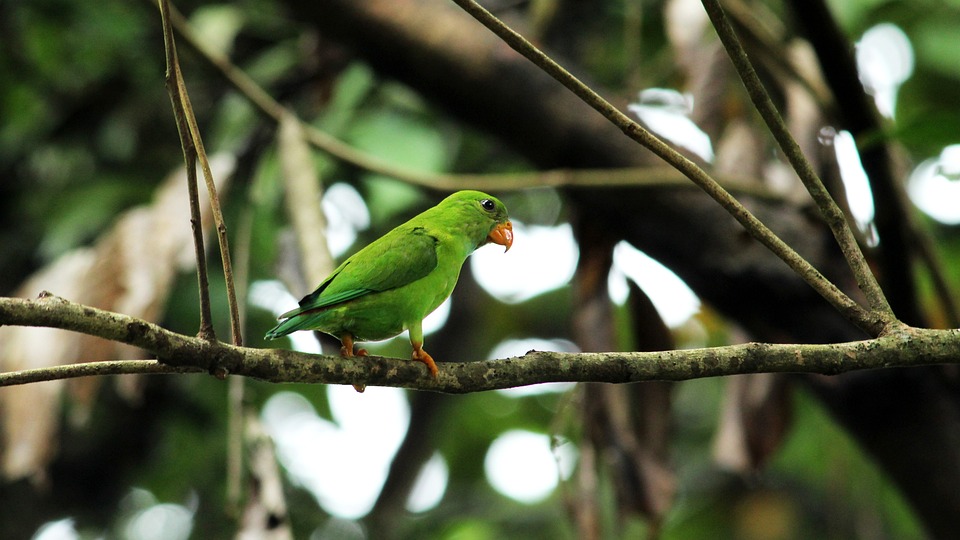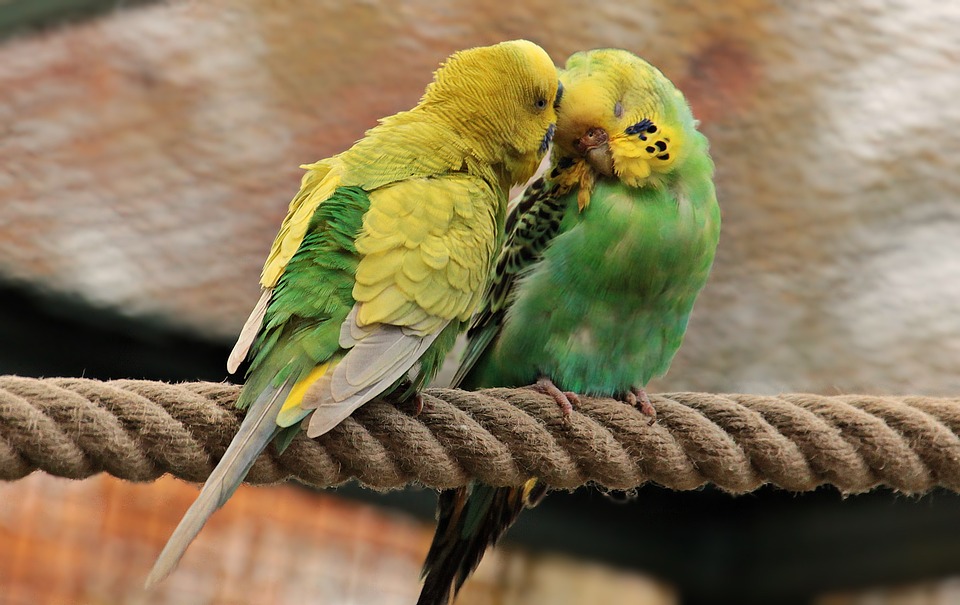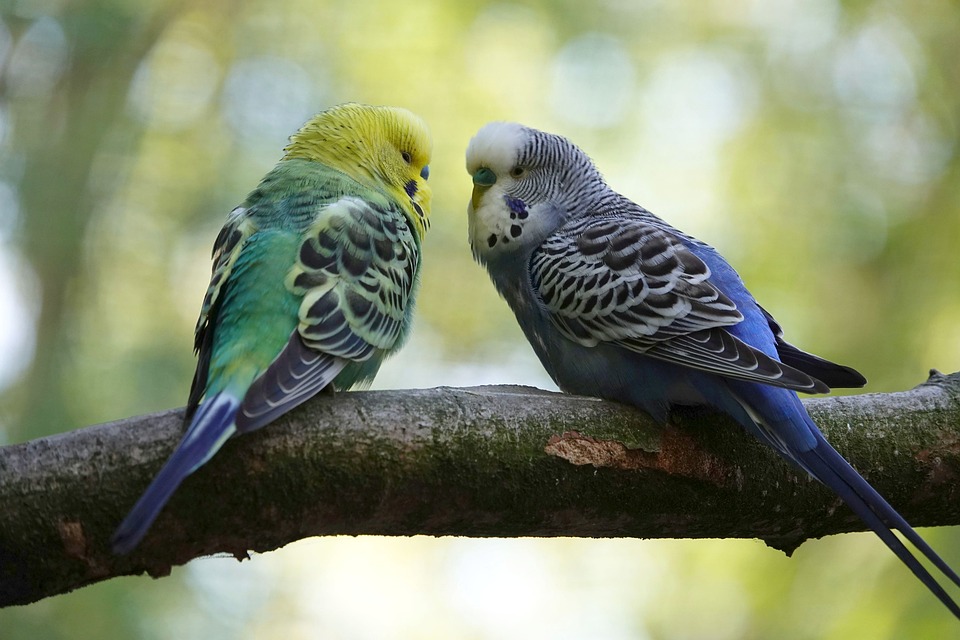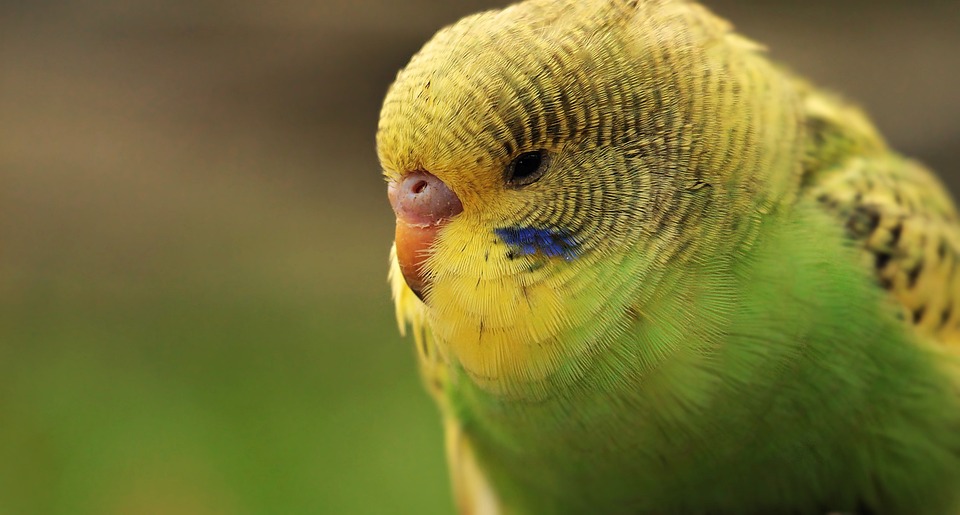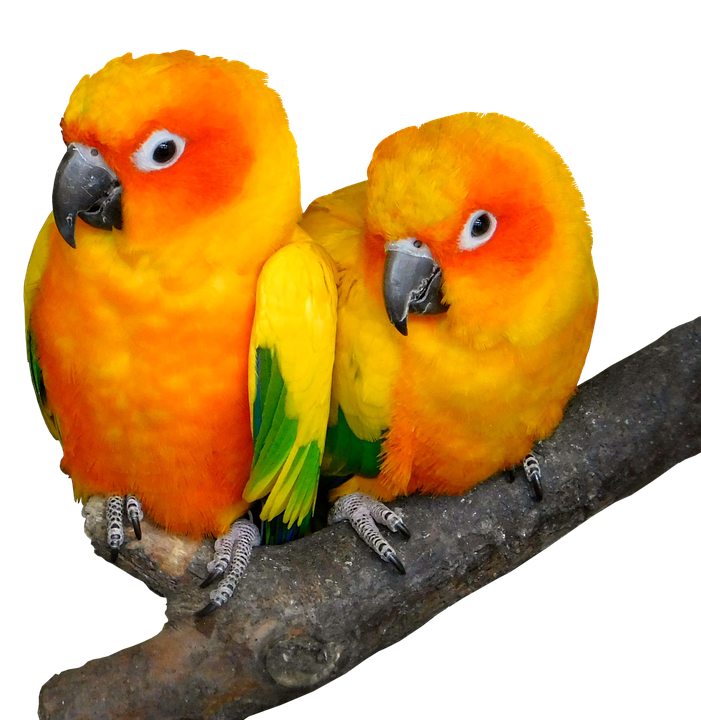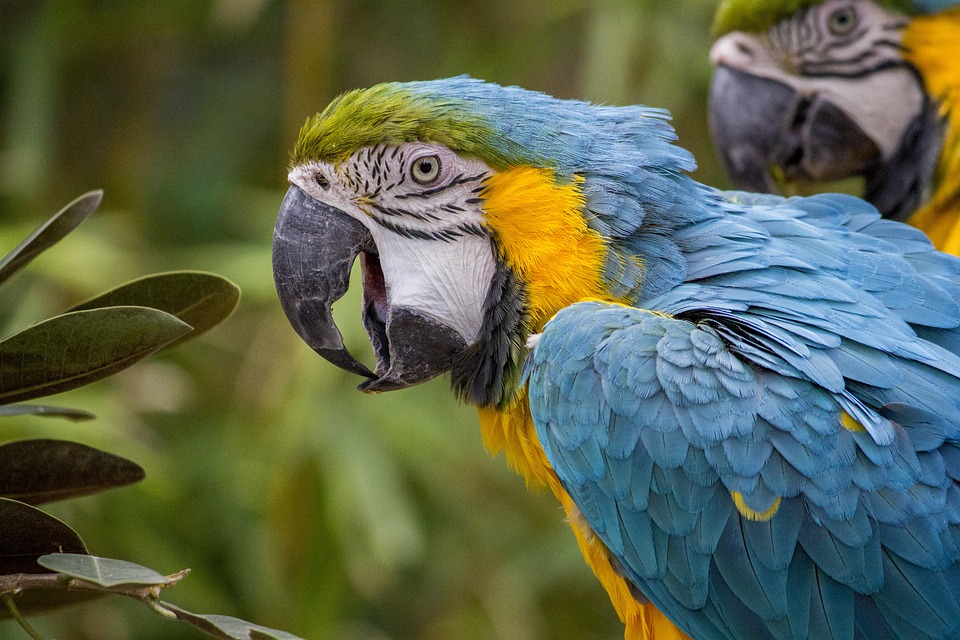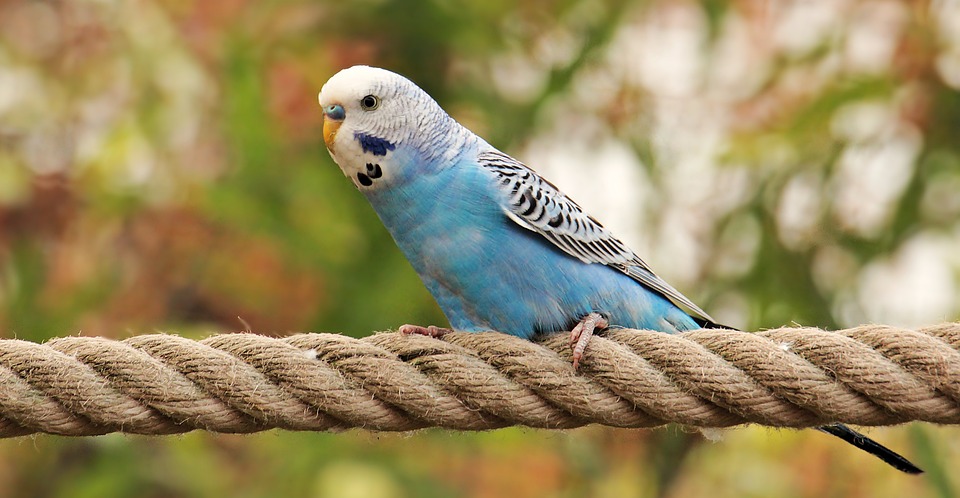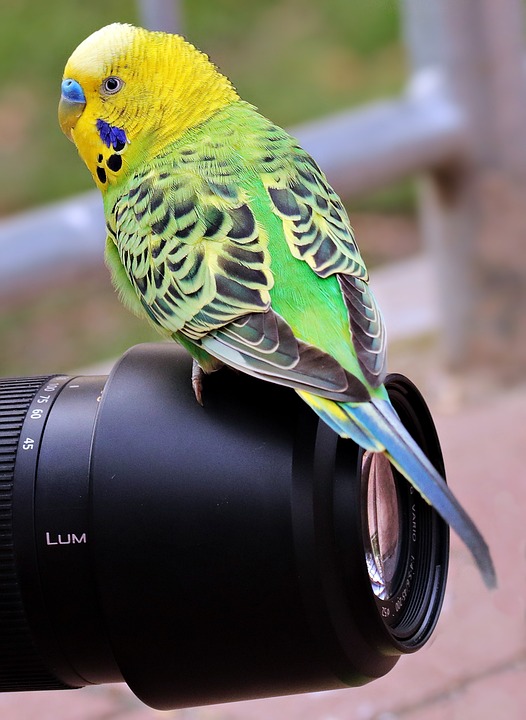Territorial behaviors in parrots during training sessions can be challenging to deal with. Parrots often display aggressive posturing, biting, screaming, and possessiveness over toys or perches. However, with effective strategies and consistent training efforts, these behaviors can be discouraged. In this article, we will explore various techniques to discourage territorial behaviors in parrots and address common concerns through FAQs.
Firstly, it is crucial to recognize and understand the signs of territorial behaviors in parrots. Aggressive posturing, biting, lunging, vocalization, and possessiveness over objects are common signs. By identifying these behaviors, trainers can effectively address them during training sessions.
Creating a neutral training environment is essential to discourage territorial behaviors. This can be achieved by removing or rotating toys regularly to prevent territorial attachment. Providing multiple perches in the training area helps avoid territorial disputes over perching spots. Additionally, maintaining consistency and a clutter-free environment minimizes territorial triggers.
Positive reinforcement and desensitization are powerful tools to discourage territorial behaviors. Trainers should reward desired behaviors, such as non-territorial displays, with immediate rewards like treats, praise, or affection. Gradually exposing the parrot to situations that trigger territorial behavior, starting with low-intensity triggers, and rewarding calm behavior can help create positive associations and reduce territorial responses.
Establishing boundaries and reinforcing respect are crucial in discouraging territorial behaviors. Trainers should clearly define the training area and maintain consistent boundaries during sessions to establish a sense of structure. When the parrot displays territorial behaviors, it is important to ignore them and redirect their focus to positive behaviors. Teaching the parrot the “step-up” command reinforces the trainer’s position as the leader.
Now let’s address some common concerns through FAQs:
Q1: Can neutering or spaying a parrot help reduce territorial behaviors?
Neutering or spaying a parrot is not a common practice and is generally discouraged due to potential health risks and complications. Training techniques and environmental adjustments are more effective for managing territorial behaviors.
Q2: How long does it take to discourage territorial behaviors in parrots?
The time required to discourage territorial behaviors varies depending on the individual parrot and the consistency of training efforts. Some parrots may respond quickly, while others may require more time. Patience, consistency, and positive reinforcement are key.
Q3: Are certain parrot species more prone to territorial behaviors?
While territorial behaviors can be displayed by any parrot species, some species, such as African Greys and Amazons, may have a higher tendency to exhibit territorial behaviors. However, with proper training and environmental adjustments, territorial behaviors can be effectively managed in all species.
In conclusion, discouraging territorial behaviors in parrots during training sessions is crucial for a successful and enjoyable experience. By recognizing these behaviors, creating a neutral training environment, implementing positive reinforcement and desensitization techniques, and establishing boundaries, trainers can effectively manage and discourage territorial behaviors. Consistency and patience are key to achieving long-term success in parrot training.

